What's special about this Altamira Cave? The Altamira cave, like the Lascaux caves in France, is famous for the numerous prehistoric cave paintings that adorn its walls and ceiling. In particular, Altamira is known for its "Polychrome Ceiling" which features a herd of bison in different poses.
The cave paintings at Altamira in Spain helped change our understanding of life in the Paleolithic period. Prior to the discovery of these magnificent artworks the prehistoric beings of this period had generally been depicted as basically pre-human rather than real human beings. Discoveries of their art in the caves of Altamira were an important contribution to changing this perspective and recognizing the significant human qualities of these early people.
Unfortunately, like the caves in Lascaux, Altamira caves are not open to the public, a necessary measure to protect the magnificent artwork. However, there is a museum and several replicas of the caves which allow visitors to view reproductions of these amazing artworks in context and have a taste of what life for these early artists must have been like in prehistoric times.




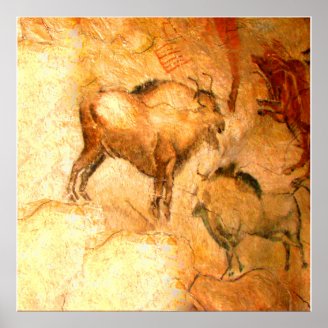
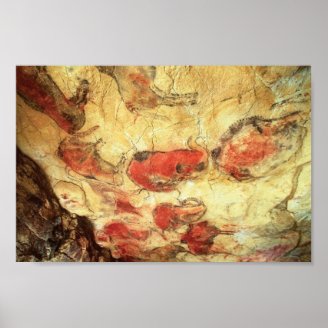
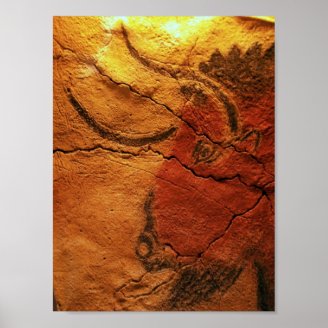
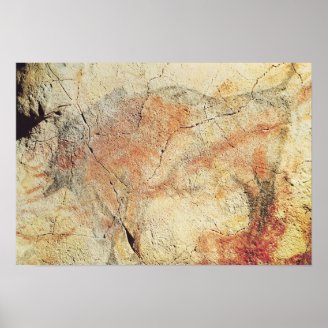


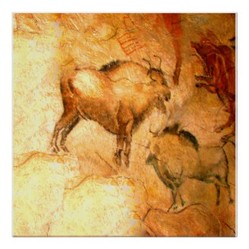

 I Published “My Reflections”on 10/02/2025
I Published “My Reflections”on 10/02/2025
 Best "Nutcracker" Movie of all Timeon 03/08/2019
Best "Nutcracker" Movie of all Timeon 03/08/2019
 Lascaux Cave Paintingson 01/18/2018
Lascaux Cave Paintingson 01/18/2018
 Bridges of the Hudson Valleyon 11/20/2017
Bridges of the Hudson Valleyon 11/20/2017

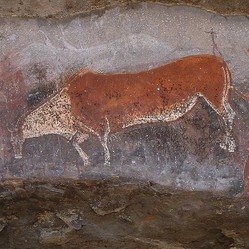
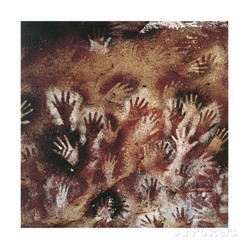
What do you think of these paintings?
As a rather weak artist I tried to replicate some cave art figures, but to no avail.They take so much skill and empowering them is very detailed observation of animals.
Thanks for the comment. Yes, I remember Picasso's comment - quite an interesting viewpoint (of course!) and rather insightful.
jptanabe, Thank you for the informative write-up and wonderful product line. Cave art always calls up Marx and Picasso for me. Picasso commented that art has nothing new since the cave artists. In his correspondence with Dr. Kugelmann, Marx conceded that art must be exempted from his criticisms even though so much of it has been realized under conditions of exploitation and misery.
Thank you for your comment! That is a lovely thought that people would add additional magic - all too often they ruin the beauty of nature.
Caves are so interesting, especially when they hide such treasures from the past. I live in an area with many underground secrets, but our caves are beautiful for different reasons, unrelated to human activity. I think a touch of people would add some additional magic here as well. Thanks for all the captivating photos and fascinating comments.
Thank you Frank. I do think it's important to realize that it is art, and art's fundamental attribute is beauty. Of course all the pre-history is fascinating too, and the fact these prehistoric people were artists, creators of beautiful paintings, is surely significant.
Jennifer, what I like about this article is that it appreciates the cave art for its true purpose, for you focus on its beauty and power to impress. This is in contrast to some academic works which deal with the pre-history but lose the beauty of the art.
Good points, Angela. People are selfish! But there may indeed be many more wonders still to be uncovered.
Absolutely agree those paintings of the Buddha should be preserved! The achievement of beauty and sacredness is precious.
I'm glad they have been protected - some people may have tried to chisel some of the artwork and take it for themselves. Who knows what else is waiting to be discovered.